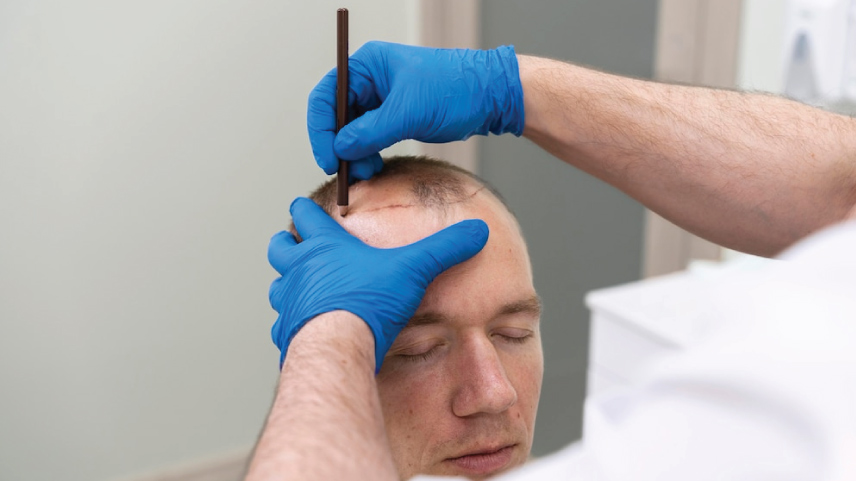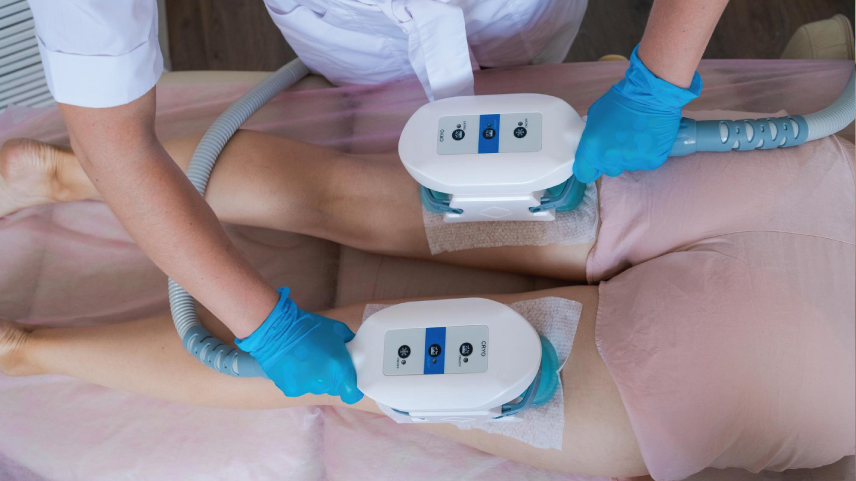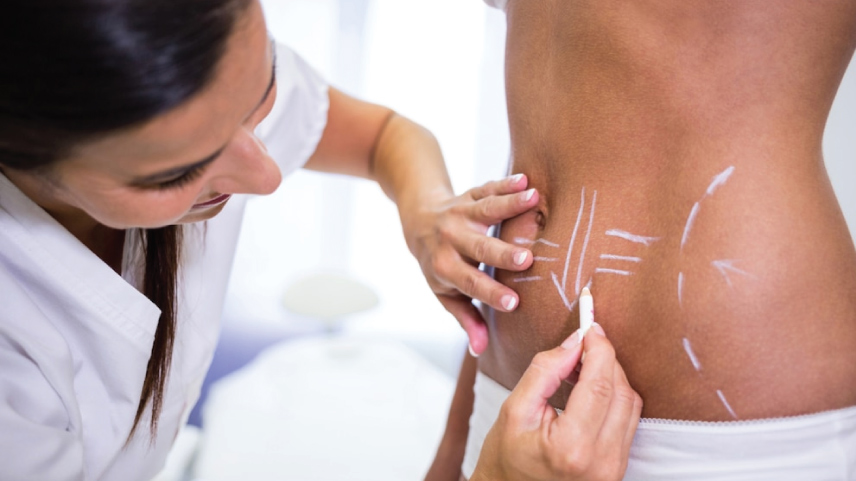
What Is Vitiligo?
Melanocytes (MEL-a-no-sites) are special skin cells that make the pigment * that colors the skin, hair, eyes, and body linings.If these cells die or cannot make pigment, the affected skin gets lighter or completely white, causing vitiligo (vit-i-LY-go).The hair in affected areas also may turn white, and people with dark skin may notice a loss of color inside their mouths.No one knows for sure what makes melanocytes die or stop working in vitiligo.
Who Gets Vitiligo?
Vitiligo affects people of all races and both sexes equally. It affects one or two out of every 100 people.About half of all people who have vitiligo begin to lose pigment before they are 20 years old.Vitiligo is common in people with certain immune system diseases and in children with parents who have the condition.However, most people with vitiligo have no immune system disease, and most children will not get vitiligo even if a parent has it.In fact, most people with vitiligo are in good general health and do not have a family history of the condition.
* pigment (PIG-ment) is a substance that imparts color to another substance.
Vitiligo is more obvious in people with dark skin. Light-skinned people may notice the contrast between patches of vitiligo and areas of suntanned skin in the summer.The amount of pigment that is lost varies from person to person. The first white patches often occur on the hands, feet, arms, face, or lips.Other common areas for patches to appear are the armpits, the groin (the area where the inner thighs join the trunk), and around the navel (belly button) and genitals.
There is no way to know if vitiligo will spread to other parts of the body, but it usually does spread over time.For some people, this spread occurs rapidly, but for other people, it takes place over many years. Both sides of the body usually are affected in a similar way.There may be a few patches or there may be many.
How Is Vitiligo Diagnosed and Treated?
Diagnosis
To diagnose vitiligo, the doctor may ask about such things as a person’s symptoms, whether or not the person has an immune system disorder,and whether or not vitiligo runs in the person’s family. The doctor also may suggest various tests to rule out other medical problems that can cause light skin patches.
Treatment
Vitiligo does not always need treatment. For some people with light skin, simply avoiding a suntan on areas of normal skin is enough to make the patches of vitiligo almost unnoticeable. Other people use makeup, skin dyes, or self-tanning products to cover up the vitiligo. Self-tanning products are creams that give the skin a tan color, but not a true tan. The color tends to wear off after a few days. None of these things changes the condition, but they can make the vitiligo less noticeable. In children, vitiligo usually is just covered up.
In adults, if covering up the vitiligo is not enough, a medical treatment may be tried, although results often cannot be seen for 6 to 18 months.The choice of treatment depends on the person’s wishes, how many white patches the person has, and how widespread the patches are.Not every treatment works for every person.
There are several choices:
- Corticosteroid (kor-ti-ko-STEER-oid) creams can be applied to the skin and sometimes can return color to small areas of vitiligo.
- PUVA, which stands for psoralen (SOR-a-len) and ultraviolet A therapy. Ultraviolet A is the part of sunlight that can cause the skin to tan,
and psoralens are substances that react with ultraviolet light to darken the skin. This medication is taken by mouth or applied to the skin, and then the
light patches of skin are exposed to ultraviolet A light from a special lamp. - Skin grafting is an operation that involves moving skin from normal areas to white patches. It is useful only for a small number of people with vitiligo.
- Depigmentation therapy involves using medication to fade the normal skin to match the whitened areas of vitiligo.
Living with Vitiligo
The white patches of vitiligo have no natural protection from the sun and are very easily unburned. People with vitiligo should be careful to avoid exposure to midday sun, to cover up with clothing and a hat, and to use a sunscreen with a high SPF (sun protection factor) rating.




